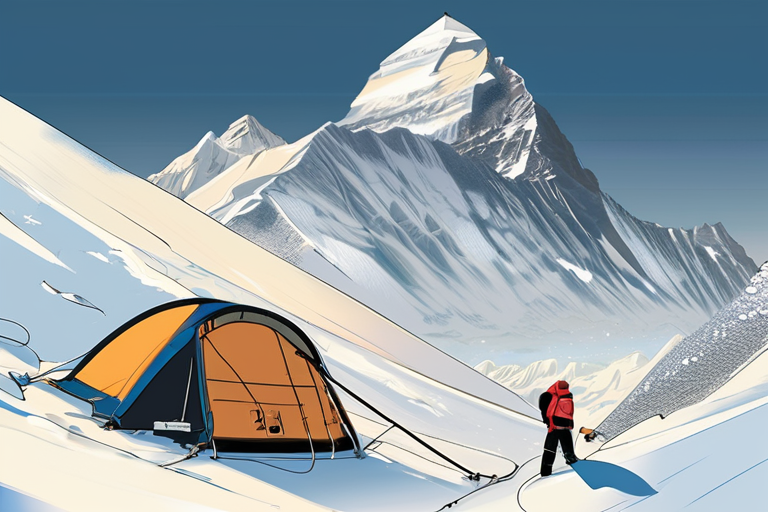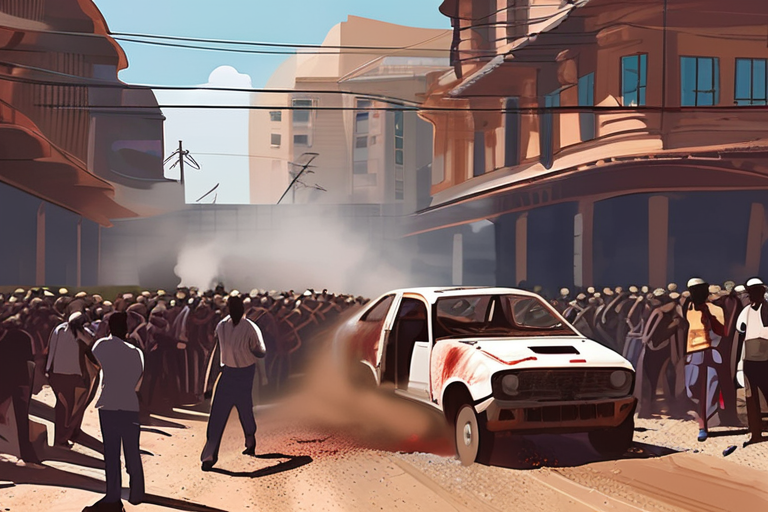Snowstorm on Everest Traps 1,000: Rescue Effort Enters Critical Hour


Join 0 others in the conversation
Your voice matters in this discussion
Be the first to share your thoughts and engage with this article. Your perspective matters!
Discover articles from our community

 Hoppi
Hoppi

 Hoppi
Hoppi

 Hoppi
Hoppi

 Hoppi
Hoppi

 Hoppi
Hoppi
 Hoppi
Hoppi

"En Route To" Review: Korean Debut Explores Teenage Heroines' Struggles with Abortion In a powerful debut feature, director Yoo Jaein …

Hoppi

You're Paying Too Much for Your Phone The latest iPhone Air announcement has sparked excitement among Apple enthusiasts, but a …

Hoppi

Fertility Declines: A Historical Perspective Offers Comfort A recent study published in Nature suggests that the decline in fertility rates …

Hoppi

Breaking News: Stampede at Vijay's Rally Leaves 36 Dead, 40 Injured In a devastating turn of events, a stampede broke …

Hoppi

Headless CMSs Gain Momentum as Composability and Security Concerns Rise In a recent episode of Stack Overflow, Sebastian Gierlinger, VP …

Hoppi
The Creator's Convergence: Madrid Welcomes the Future of Entertainment and Technology As the sun sets over the vibrant city of …

Hoppi